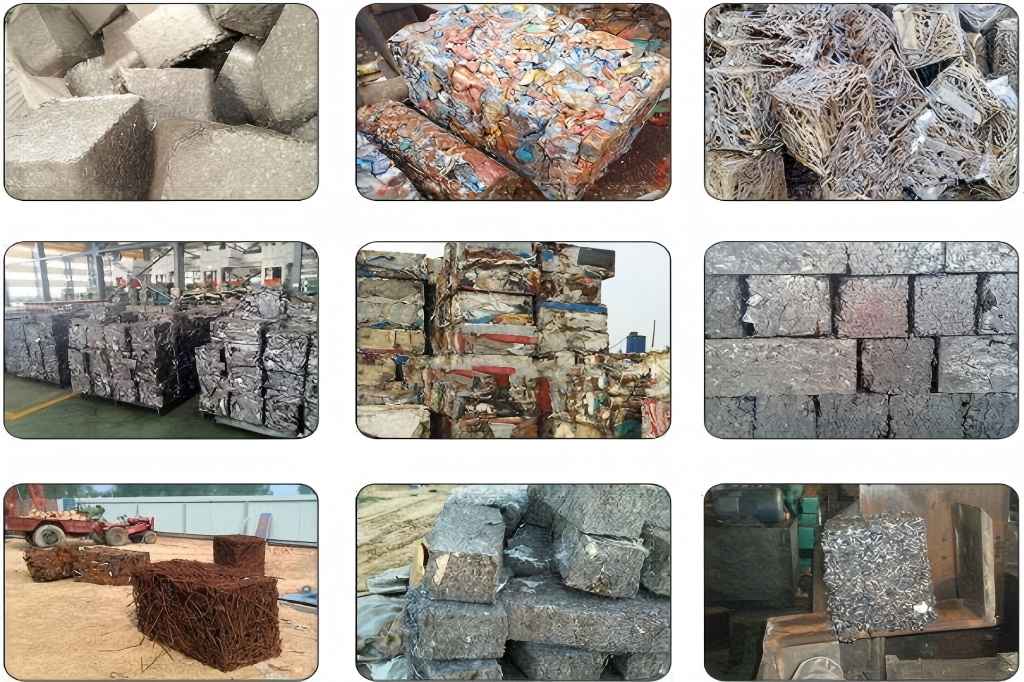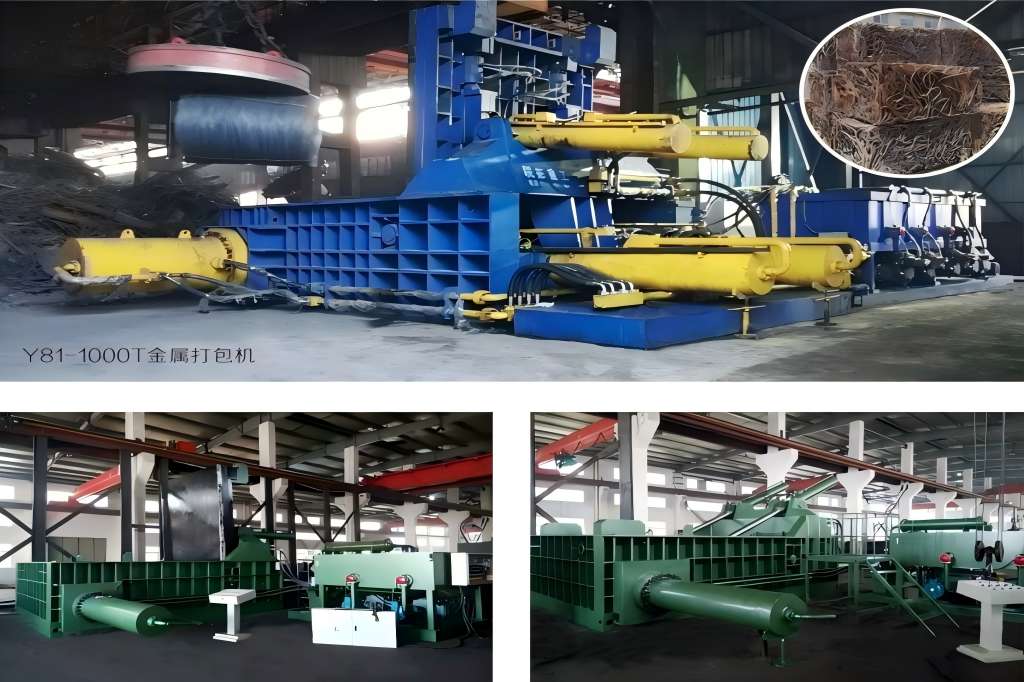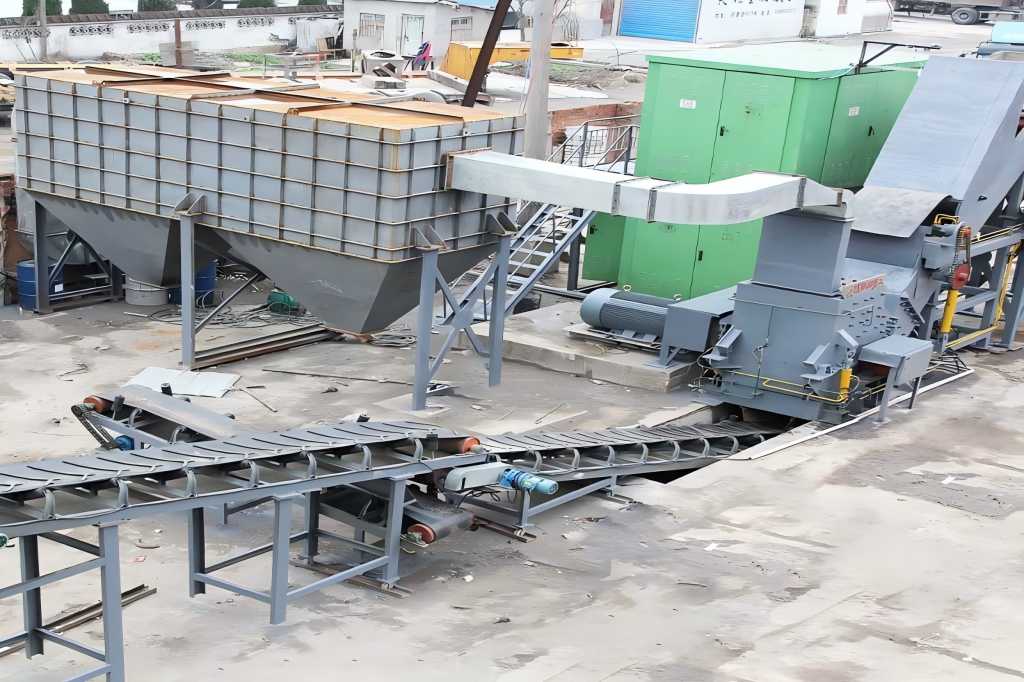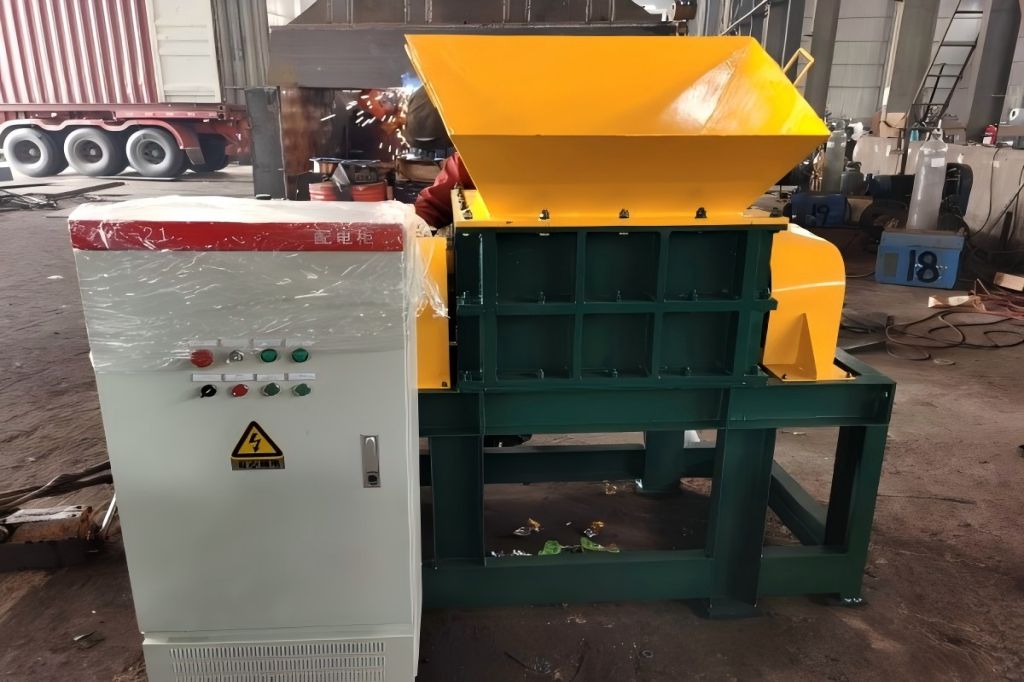Recycling scrap metal is essential for sustainability, cost savings, and environmental conservation. Among the most commonly recycled metals are steel, aluminum, copper, and iron. Each metal has unique properties that impact its recyclability, processing efficiency, and economic value.
In this article, we explore which of these metals recycles best in a scrap metal baler and how their characteristics influence the recycling process.
An Overview of Recycling Scrap Metal
Recycling scrap metal entails gathering, classifying, processing, and reusing metal components. A scrap metal baler plays a crucial role in compressing metal waste into compact, transportable bales, making the recycling process more efficient.
The effectiveness of recycling each type of metal depends on factors such as ease of baling, energy consumption, market demand, and environmental impact.
Below is an overall comparison of steel, aluminum, copper, and iron in the context of scrap metal recycling:
Overall Comparison Table
| Category | Steel | Aluminum | Copper | Iron |
| Recycling Efficiency | High | Very High | High | Moderate |
| Energy Consumption | Moderate | Low | High | Moderate |
| Market Value | Medium | High | Very High | Low |
| Environmental Impact | Moderate | Low | Moderate | High |
| Baler Compatibility | Excellent | Excellent | Good | Excellent |
Steel Recycling
Steel is one of the most widely recycled metals due to its durability, magnetic properties, and cost-effectiveness. In the recycling process, the material is shredded, melted, and then reformed into new items. Steel is easy to compact in a baler, making transportation and processing efficient.
Pros | Cons |
|
|
Aluminum Recycling
About 5% of the energy required to create new aluminum from raw ore is used in aluminum recycling, making it a very energy-efficient process. It is lightweight and non-magnetic, which makes sorting different from steel but still manageable. Aluminum compresses well in a baler, allowing for easy handling and transportation.
Pros | Cons |
|
|
Copper Recycling
In the recycling sector, copper is a very desirable metal because of its superior conductivity and resistance to corrosion. However, it requires more energy to process compared to steel and aluminum. Copper can be baled effectively but may require additional steps to remove contaminants such as insulation from electrical wires.
Pros | Cons |
|
|
Iron Recycling
Iron is not as precious as other metals, but it is plentiful and frequently recycled. It is highly magnetic, making it easy to separate from mixed scrap. Iron can eventually become less recyclable due to its propensity for corrosion. A scrap metal baler can compress iron effectively, but rusted materials may need additional processing.
Pros | Cons |
|
|
Economic and Environmental Considerations
Economic Impact
The economic benefits of metal recycling depend on market demand, processing costs, and resale value. Copper and aluminum have the highest market values, making them lucrative recycling options. Steel has a consistent demand across industries, making it a stable choice. Iron, while readily available, has a lower resale value.
Environmental Considerations
Recycling metals significantly reduces environmental damage compared to mining new materials. Recycling aluminum is the most environmentally beneficial choice because it saves 95% of the energy needed to make new aluminum.
Steel and iron recycling also help conserve natural resources, but their energy use is higher. Copper recycling, while beneficial, requires intensive energy consumption and careful handling due to contamination risks.
Which Metal is the Most Effectively Recycled in a Scrap Metal Baler?
Each metal has its strengths and weaknesses in the recycling process. Aluminum stands out as the most energy-efficient and high-value material, while steel is the most commonly recycled metal due to its availability and ease of processing. Copper holds the highest resale value but requires more processing steps. Iron is easy to recycle but has the lowest market demand.
When considering which metal recycles best in a scrap metal baler, aluminum, and steel emerge as top choices due to their ease of baling, strong market demand, and relatively low environmental impact.
Conclusion
Recycling scrap metal is a crucial practice for sustainability and economic efficiency. Whether dealing with steel, aluminum, copper, or iron, each metal plays a vital role in the circular economy.
Scrap metal balers help optimize the recycling process by compressing materials for easier handling and transportation. Among these metals, aluminum, and steel offer the best balance of efficiency, recyclability, and economic benefits. However, all four metals contribute to a more sustainable and resource-efficient future.




